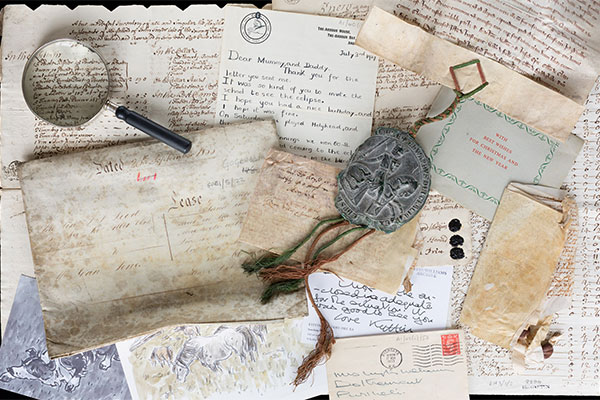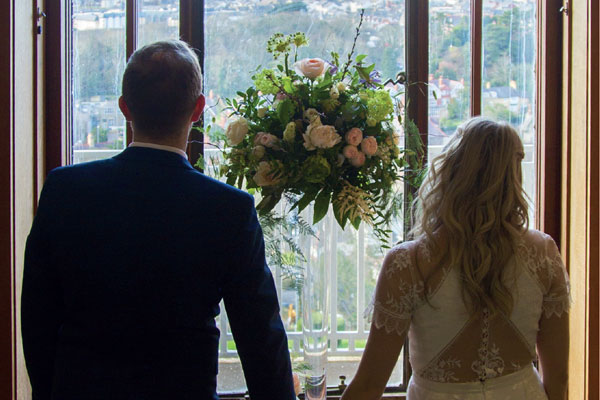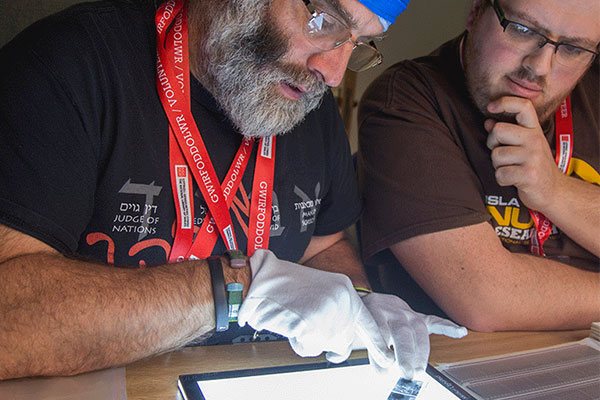The National Library of Wales recently opened its brand-new exhibition ‘No Welsh Art’, an exhibition with over 250 works of art which challenges the myth that there was no such thing as Welsh art. The exhibition was curated by art historian Peter Lord, but for those that are unfamiliar with the name we asked him a few questions...
Tell us a bit about your involvement with Welsh art.
I started working on the history of Welsh art in 1985, which is quite a while ago now! Before that, I was an artist and a sculptor. The reason I turned to Welsh art history was because I saw a terrible disparity among colleagues, both artists and sculptors who were working in Wales at the time, especially young artists. They had absolutely no knowledge of the history of Welsh art as there was no resources available. Their art education was on the history of English art and I thought it was very important to solve that problem and create resources for our young artists.
How did you find the process of preparing for this exhibition?
Preparing this exhibition is quite difficult in some ways because we did it inside a year, were you normally get a couple of years to do an exhibition of this size. It’s a very big exhibition with over 250 exhibits. Although it was a little bit easier because about a 150 of works on display have come from my own collection and about a 100 from the National Library of Wales’ collection. So we didn’t have to go through the usual process of locating exhibits in galleries all over Wales and sometime in England. It was an exciting process although it was difficult to scale up from a small drawing that I initially made to fill this huge and beautiful gallery, that is the Gregynog Gallery.
How important is this exhibition.
What we tried to do in this exhibition is create a model. A model for a national gallery for historic Welsh art which we simply don’t have. Which is really sad for us in Wales, and it makes us pretty unique in Europe! Almost every country, even small nations have a gallery of this kind. It hasn’t been possible to do that in Wales so far, so this is a model of what we could do and I think that the potential is enormous. So that’s why I think that this exhibition is important because it shows the potential of what we could have and it shows the richness of the visual culture that we have here in Wales which I really hope we’ll be able to show sometime in the future.
Why did you feel that now was the right time for such an exhibition?
I feel that now was appropriate for us to have the exhibition of this kind because I feel that the foundations has done it now. A foundation of research in Welsh art history. It is not just me who is writing about the history of our art at the moment, many people do. We have reached a point where there are many contemporary questions to be asked and although the exhibition will not be able to answer everything, it will certainly create discussion.
Which piece sums up the message of the exhibition?
I think ‘Tŷ Haf’ by Peter Davies, who was one of the founders of the Beca Group, kind of sums up what I want to happen with this exhibition, which is to challenge people. To make people think about who we are, who we were and who we’re going to be in the future. This picture was made in the 1980s. A very difficult and tense time, particularly in Wales. I was there and I was a part of that, and it influenced me hugely. This picture therefore sums up to me what the whole exhibition seeks to do, which is to ask questions about ourselves, about our relationship with other nations and where we go in the future.

Category: Article





